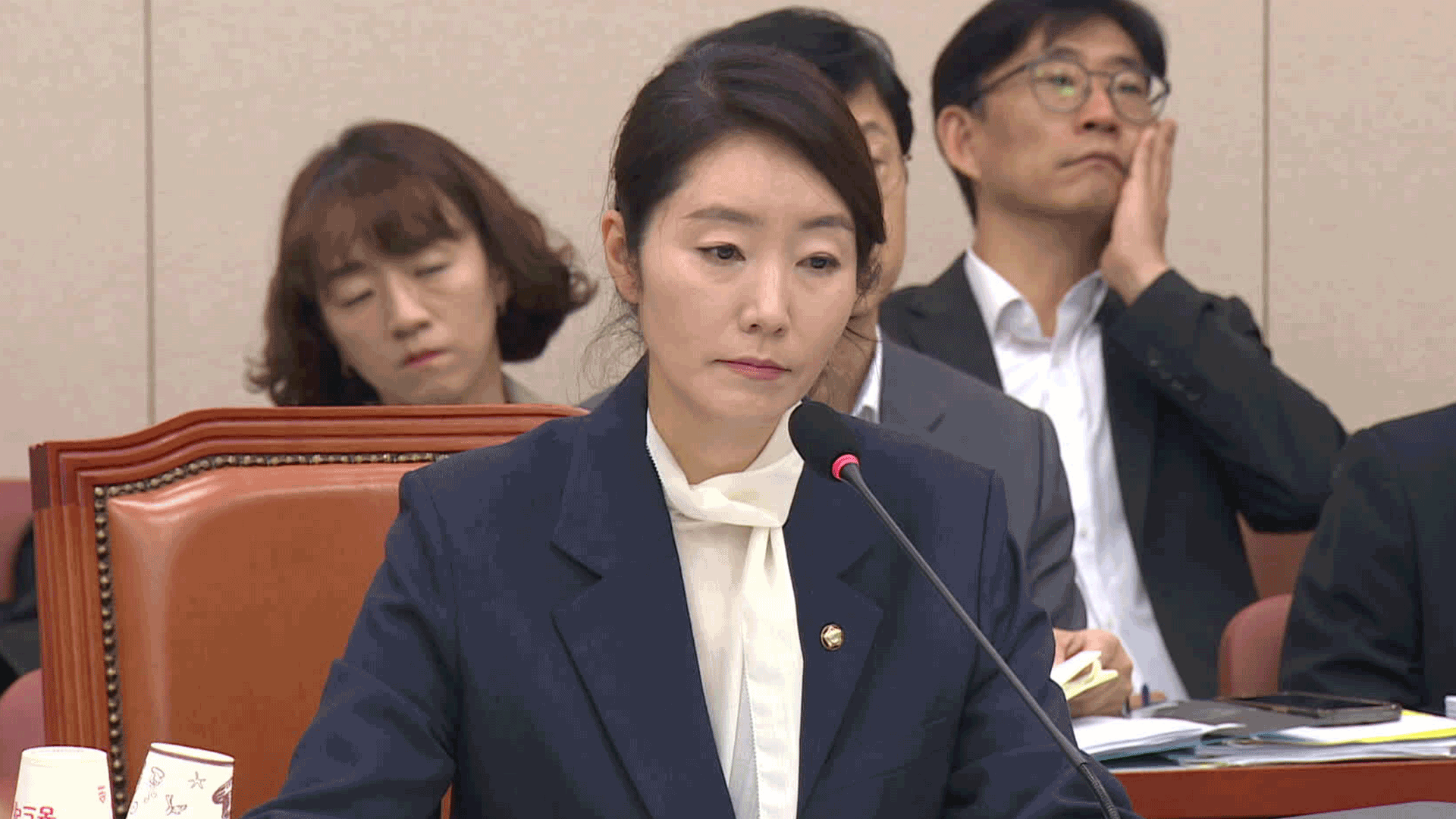[News Today] CHINESE INFRA FANS NK FLOOD DAMAGE
입력 2024.08.07 (16:25)
수정 2024.08.07 (16:26)
읽어주기 기능은 크롬기반의
브라우저에서만 사용하실 수 있습니다.
[LEAD]
The Sinuiju region in Pyeonanbuk-do Province is an area prone to floods. Despite recent flooding, Dandong in China, across the Amnokgang River from Sinuiju, remains largely unaffected. Analysts believe that China's flood barriers along the river might be worsening the flood impact in North Korea.
[REPORT]
A satellite image of Supoong Dam on the Amnokgang River taken on July 31 when heavy rain drenched North Korea.
Floodgates are open and an enormous amount of water is released. Naturally, due to the topography, the water all flows toward the low-lying city of Sinuiju.
If this water interlocks with the rising tide on the West Sea, it gets trapped, failing to reach the sea.
This is why the Sinuiju area is so vulnerable to chronic flood damage.
However conditions are better in Dandong, China, which is just opposite Sinuiju across the river, because its land lies 2-3 meters higher.
China has also bolstered water barrier facilities since the catastrophic Amnokgang River flood in 1995.
Thanks to flood prevention gates installed at 45 locations and a 2.5 meter long wall constructed of timber and iron beams, China has been able to drastically reduce flood damage.
The water instead overflows to the defenseless North Korean side.
Ahn Byung-min / N.Korea Economic Forum
Embankments are sturdy on the Chinese side, so the water inevitably flows toward North Korea. It's innately a vulnerable structure.
The regime's outdated drainage facilities are also blamed for its growing vulnerability to heavy downpours.
■ 제보하기
▷ 카카오톡 : 'KBS제보' 검색, 채널 추가
▷ 전화 : 02-781-1234, 4444
▷ 이메일 : kbs1234@kbs.co.kr
▷ 유튜브, 네이버, 카카오에서도 KBS뉴스를 구독해주세요!
- [News Today] CHINESE INFRA FANS NK FLOOD DAMAGE
-
- 입력 2024-08-07 16:25:12
- 수정2024-08-07 16:26:05
[LEAD]
The Sinuiju region in Pyeonanbuk-do Province is an area prone to floods. Despite recent flooding, Dandong in China, across the Amnokgang River from Sinuiju, remains largely unaffected. Analysts believe that China's flood barriers along the river might be worsening the flood impact in North Korea.
[REPORT]
A satellite image of Supoong Dam on the Amnokgang River taken on July 31 when heavy rain drenched North Korea.
Floodgates are open and an enormous amount of water is released. Naturally, due to the topography, the water all flows toward the low-lying city of Sinuiju.
If this water interlocks with the rising tide on the West Sea, it gets trapped, failing to reach the sea.
This is why the Sinuiju area is so vulnerable to chronic flood damage.
However conditions are better in Dandong, China, which is just opposite Sinuiju across the river, because its land lies 2-3 meters higher.
China has also bolstered water barrier facilities since the catastrophic Amnokgang River flood in 1995.
Thanks to flood prevention gates installed at 45 locations and a 2.5 meter long wall constructed of timber and iron beams, China has been able to drastically reduce flood damage.
The water instead overflows to the defenseless North Korean side.
Ahn Byung-min / N.Korea Economic Forum
Embankments are sturdy on the Chinese side, so the water inevitably flows toward North Korea. It's innately a vulnerable structure.
The regime's outdated drainage facilities are also blamed for its growing vulnerability to heavy downpours.
이 기사가 좋으셨다면
-
좋아요
0
-
응원해요
0
-
후속 원해요
0















이 기사에 대한 의견을 남겨주세요.